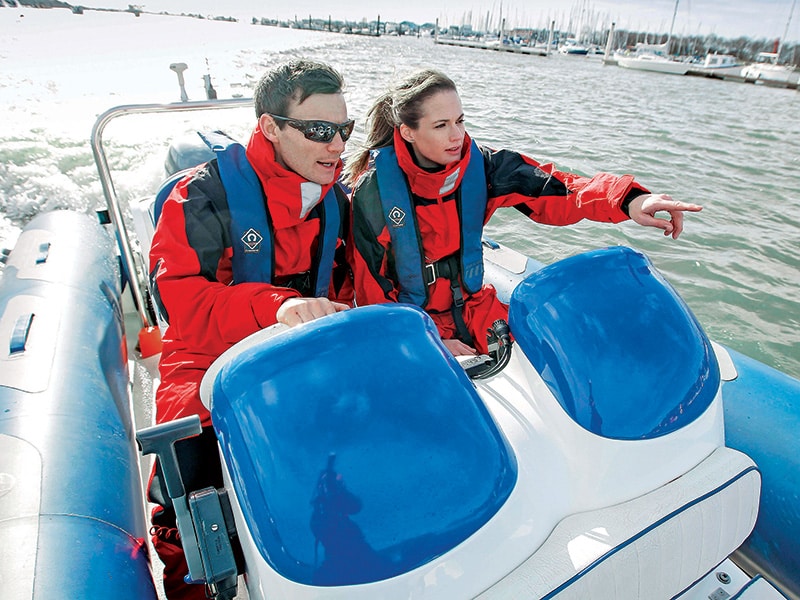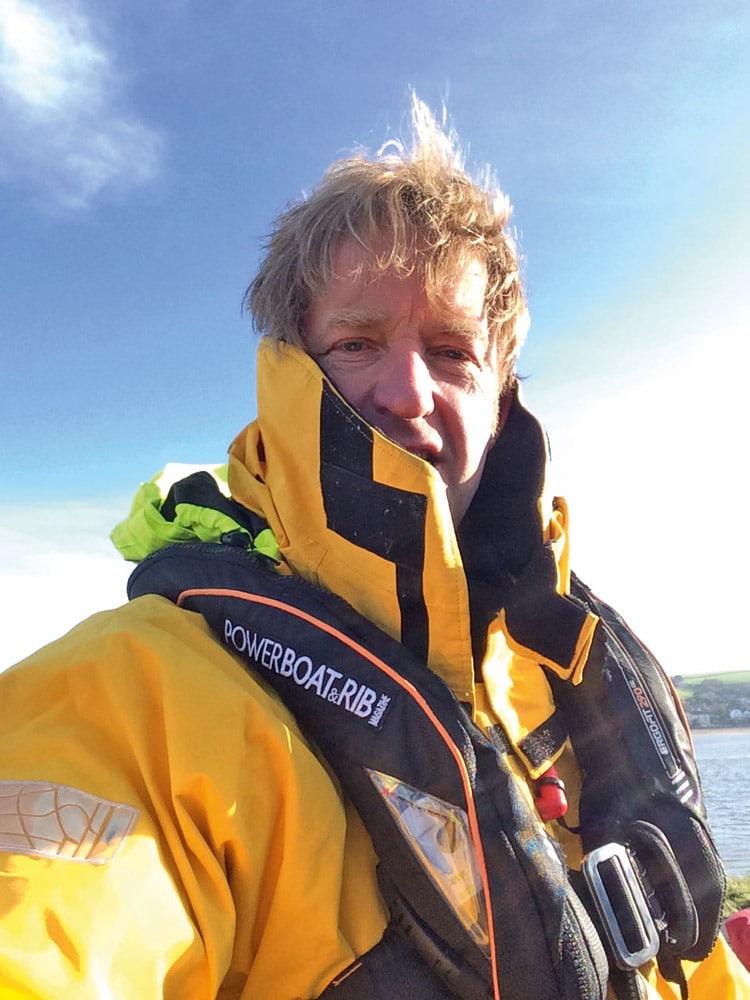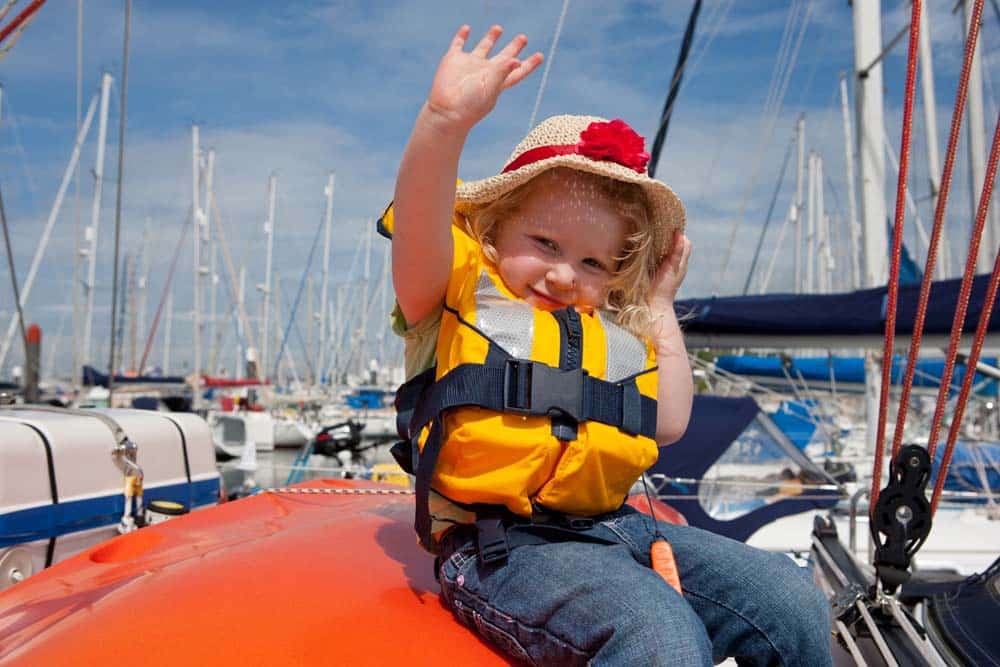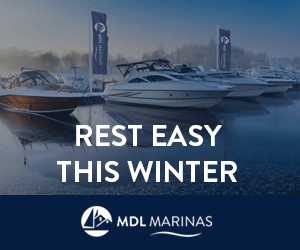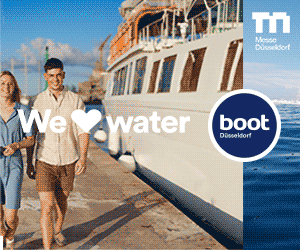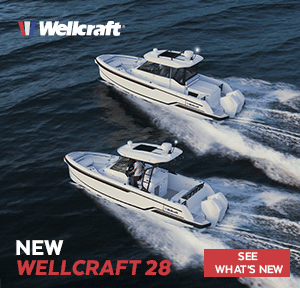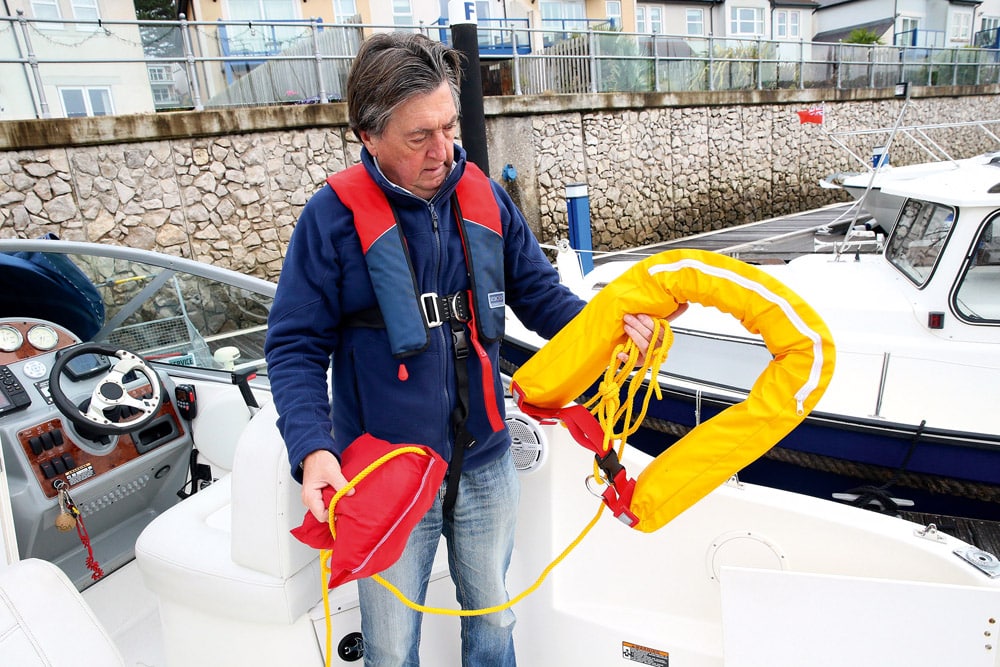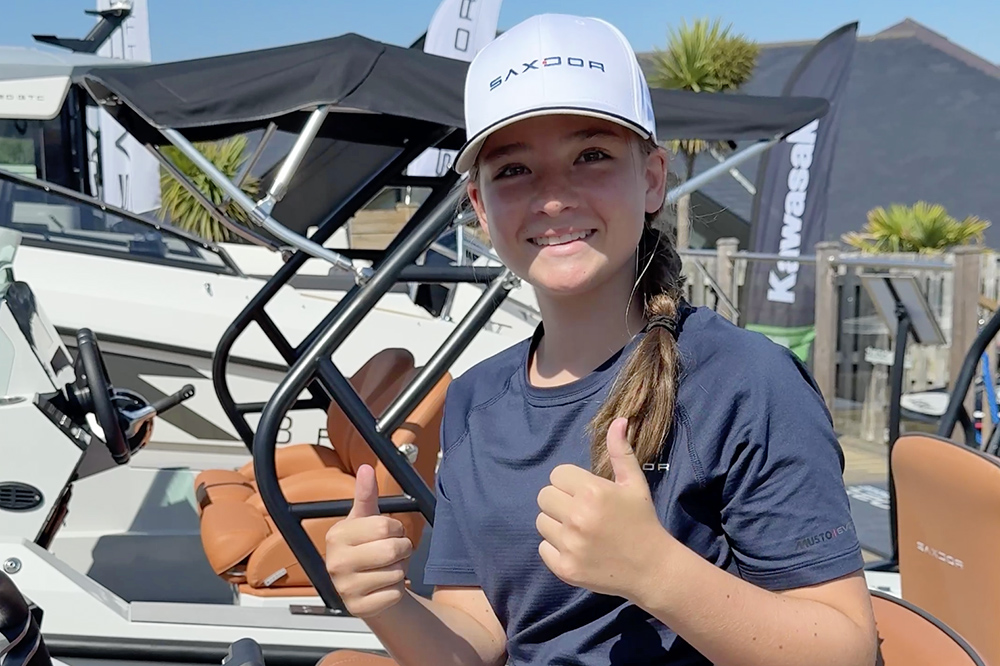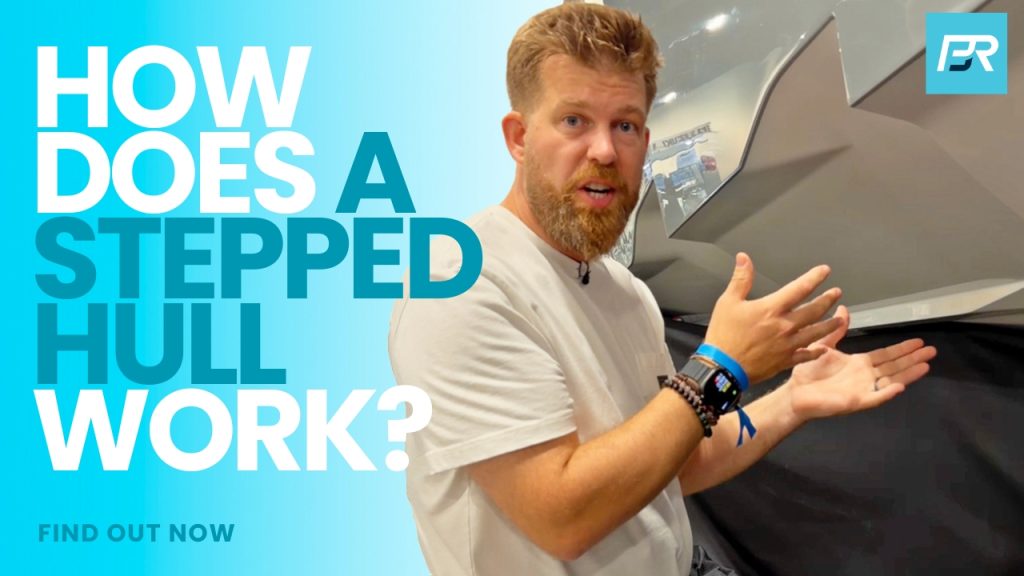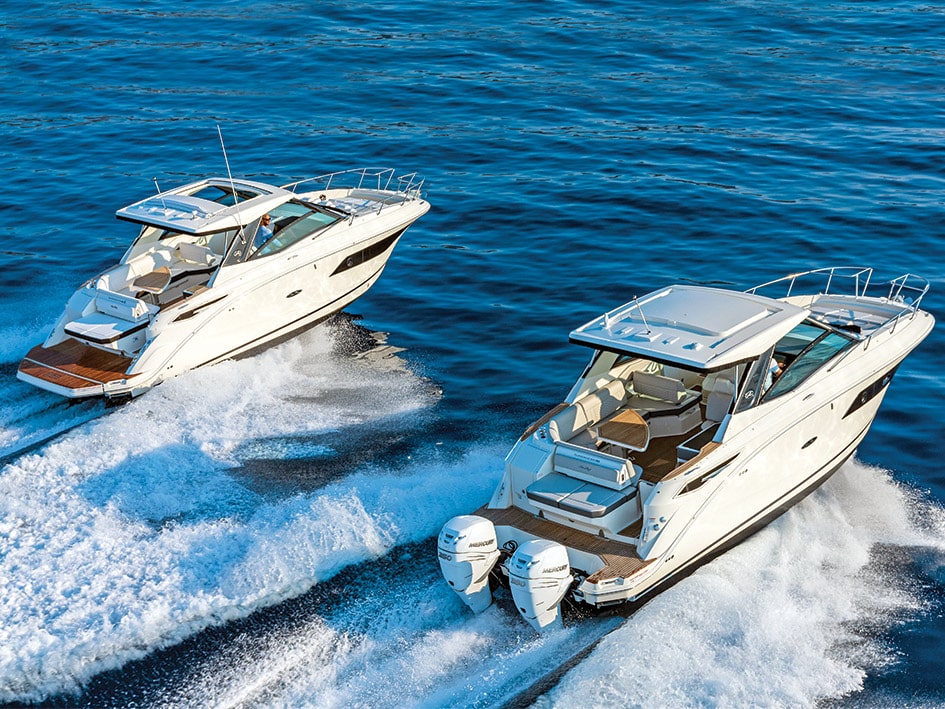Why Lifejackets Matter
It’s not good enough to have life jackets on board, you should be wearing them! While boating they are just as important as seat belts when driving! The RYA’s advice is simple: wear a lifejacket or buoyancy aid, unless you’re sure it’s safe not to.
Your decision should be based on weather conditions, the type of on-water activity and your level of experience. As experts note: “Something as easy as checking that your lifejacket or buoyancy aid fits properly can save your life.”
